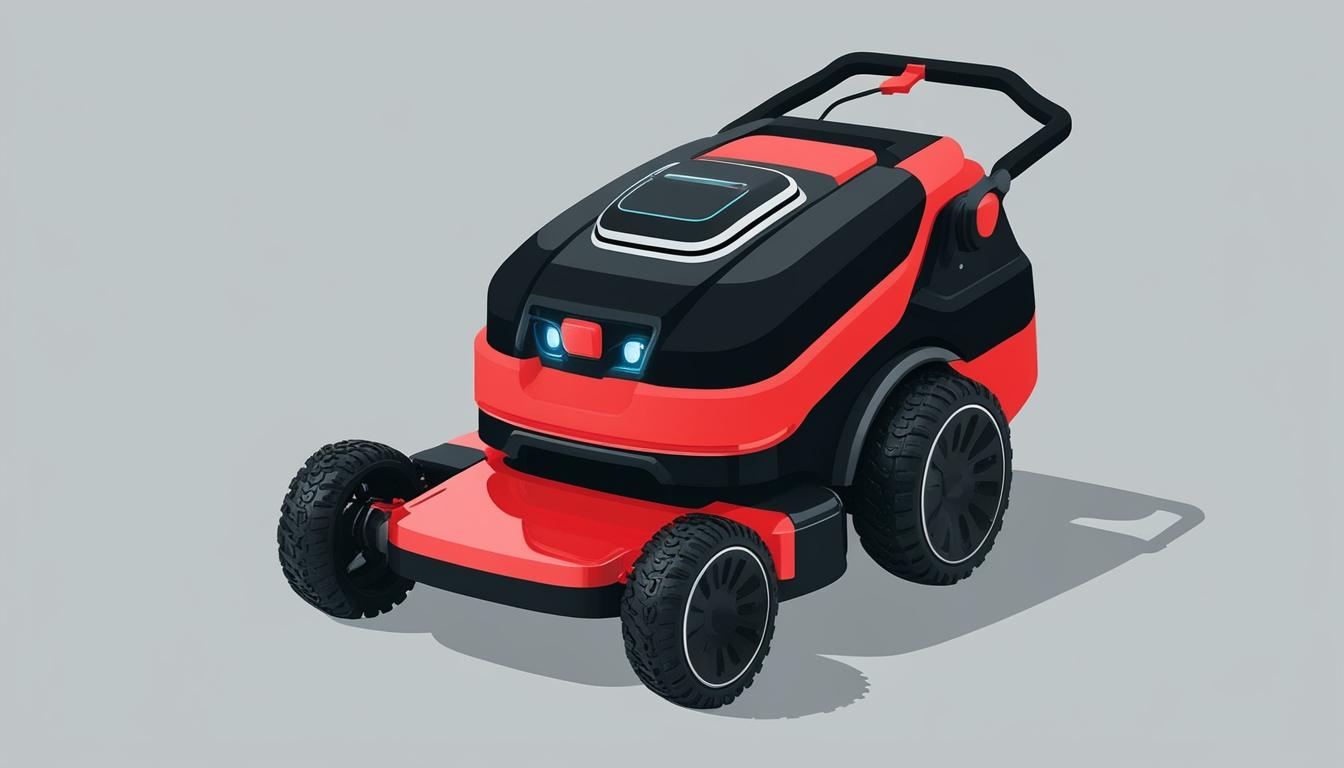The landscaping and agricultural sectors are currently facing significant challenges in retaining qualified labour. Amidst these difficulties, advancements in automation technology are emerging, potentially reshaping the future of these industries. The notable showcase at CES 2025 highlighted several innovations already making waves in the market.
At the forefront is John Deere’s introduction of a new electric robot lawnmower, which operates with a substantial 21.4 kWh battery and can run for up to ten hours without needing a recharge. The design of the mower, resembling a futuristic robot, incorporates advanced features such as four pairs of stereo cameras that provide it a comprehensive 360-degree field of view. This allows the machine to autonomously navigate large commercial-grade lawns, making it an attractive option for landscape business owners challenged by labour shortages.
Statistics from John Deere indicate a significant industry issue, with 84% of landscaping business leaders reporting difficulties in hiring and keeping qualified workers. Speaking to Carscoops, John Deere Chief Technology Officer Jahmy Hindman stated, “Our agriculture, construction, and commercial landscaping customers all have work that must get done at certain times of the day and year, yet there is not enough available and skilled labour to do the work.” He emphasised that automation could be a viable answer to this labour void, adding, “This will not only benefit our customers, but all of us who rely on them to provide the food, fuel, fibre, infrastructure, and landscaping care that we depend on every day.”
In addition to the robot lawnmower, John Deere has unveiled a suite of self-driving vehicles, including the second generation of its autonomous tractor, equipped with 16 cameras and a Nvidia GPU designed to enhance navigation and operational efficiency. This tractor has garnered attention for its potential applications in a variety of environments, including orchards, where a diesel-powered version is intended for spraying nuts, with features to navigate complex settings aided by LiDAR technology.
Moreover, the company has introduced an autonomous articulated dump truck capable of transporting over 92,000 lbs of material. These advancements signify a trend towards automating substantially labour-intensive processes, providing business owners with solutions to tackle staffing shortages while potentially increasing productivity on construction and agricultural sites.
As automated solutions proliferate, the future landscape of work in these sectors could dramatically evolve. While current discussions primarily revolve around technological benefits, concerns regarding the impact on employment remain pertinent. The ongoing integration of automation into daily operations may indicate a transition toward a new operational paradigm, raising questions about the long-term implications for the workforce, particularly in roles traditionally filled by skilled human labour.
Source: Noah Wire Services
